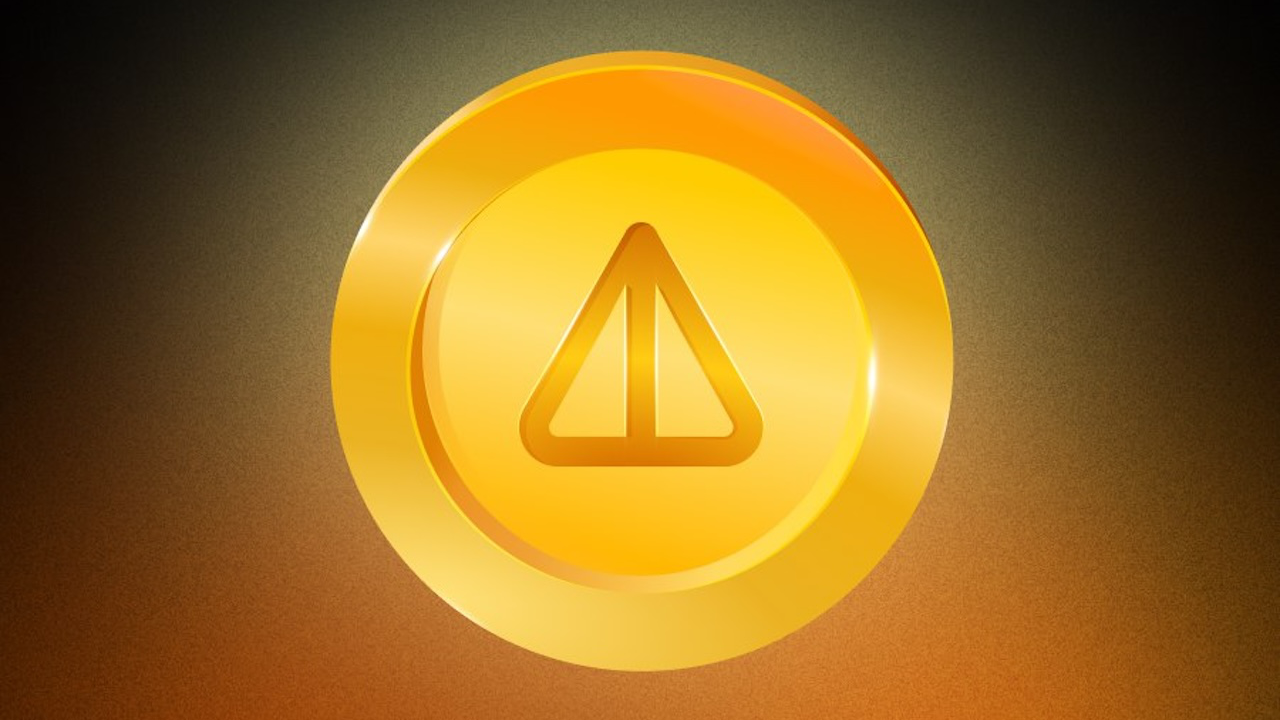How to Use BITCOIN RPC? Benefits and Cases
How to Use BITCOIN RPC? Benefits and Cases
Bitcoin (BTC) and Solana (SOL) are both in fierce competition with Ethereum for dominance in the sphere. With many ready-made infrastructure solutions in the market, Web3 developers are getting the advantage of launching blockchain-based applications in no time and be part of the wave. This takes us to the topic of Bitcoin RPC: what is it, and how it is used by developers? Of course, we can’t miss dissecting SOL RPC, too!
Bridging the Gap: RPC in Blockchain Technology
Remote Procedure Call (RPC) is a fundamental concept in computer science as a mechanism that allows one program to request a service from another program on a remote system.
So for those entering the Web3 development, it may not come as a surprise that the same RPC protocols are used to establish interactions between various client applications and the cryptocurrency network.
When a user, developer, or application wants to perform an action on the blockchain, such as querying data or sending a transaction, the request is delivered to a node using the RPC protocol, e.g. HTTP or WebSocket.
Solana and Bitcoin RPC nodes, thus, are specialized servers within their network infrastructure that serve as the primary interface to interact with Solana and Bitcoin protocols.
RPC Node Use Cases
The primary use case of these nodes is to provide a standardized way to facilitate the exchange of data with crypto networks. In this case, they are utilized by various users within the blockchain ecosystem.
- Researchers and analysts: RPC nodes provide researchers with a convenient way to access raw blockchain data related to transaction history, block details, or network statistics;
- Wallet providers: Wallet applications can send transactions to the network, query account balances, and fetch transaction history;
- dApp developers: When decentralized application builders want their applications to interact with any of decentralized, they are only required to get access to RPC nodes instead of directly interfacing with the network.
Use cases with various blockchains may diverge further based on the capability limits of separate networks.
Bitcoin RPC nodes, for example, primarily facilitate basic crypto interactions such as querying transaction data, retrieving block information, and broadcasting transactions. In contrast, SOL RPC offer more advanced capabilities to support the network’s high performance and programmability.
Therefore, it’s worth taking a deeper dive into the Bitcoin blockchain node capabilities and compare them to other networks.
What is Bitcoin RPC?
The Bitcoin network is built to be relatively simple with main use cases revolving around peer-to-peer transactions and store of value.
Bitcoin RPC nodes cater to these use cases by providing essential functionalities for wallet applications, payment processors, and transaction explorers.

These nodes provide a set of API methods that allow developers to interact with the network and perform various actions:
- Send BTC transactions directly to the network;
- Monitor status and records of operations;
- Generate and Manage BTC wallets;
- Fetch detailed information about specific blocks and query network stats;
Overall, having access to a Bitcoin RPC node makes it possible to interact with the blockchain programmatically and support the functioning of BTC-enabled applications or services.
Solana RPC Capabilites
The complex architecture allows Solana to achieve high throughput and scalability, supporting a broader range of use cases beyond simple value transfer, making it suitable for a broader spectrum of applications.
In addition to basic blockchain interactions, SOL RPC nodes enable developers to execute smart contracts and interact with decentralized apps (dApps). Developers can build complex smart contracts and scalable applications with various utilities in areas such as decentralized finance (DeFi), gaming, NFT, and more.
Key Benefits of Bitcoin RPC
The main feature of RPC-enabled nodes is enabling interaction with cryptocurrency networks seamlessly from anywhere with an internet connection. For developers, it brings greater flexibility and convenience in adding Web3 functionality to their applications.
Other benefits derive from the fact that the idea of RPC nodes effectively eliminates the need to maintain infrastructure locally, which accelerates the development speed of Web3 projects and often results in cost savings and reduced resource requirements.
This is where companies offering blockchain infrastructure services, Node-as-a-service (NaaS) providers, work in tandem with developers, offering easy access to Solana and Bitcoin RPC nodes compared to traditional methods.
GetBlock, one of such services, is an excellent example of how one platform can provide API access to over 50 popular and newly emerging protocol nodes in addition to BTC and SOL RPC.
In conclusion, the possibilities of joining the still young but growing sphere of Web3 development in 2024 are vast and will only expand with time.
The post How to Use BITCOIN RPC? Benefits and Cases appeared first on BitcoinWorld.





